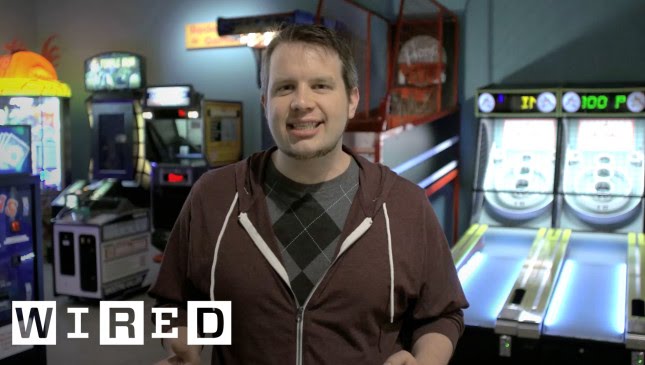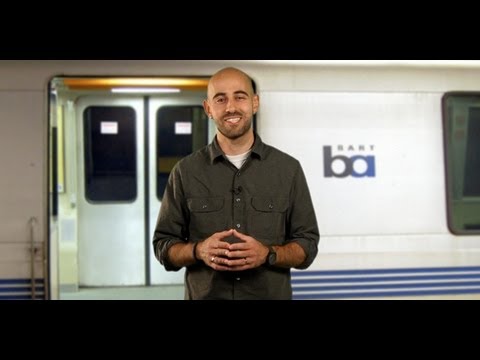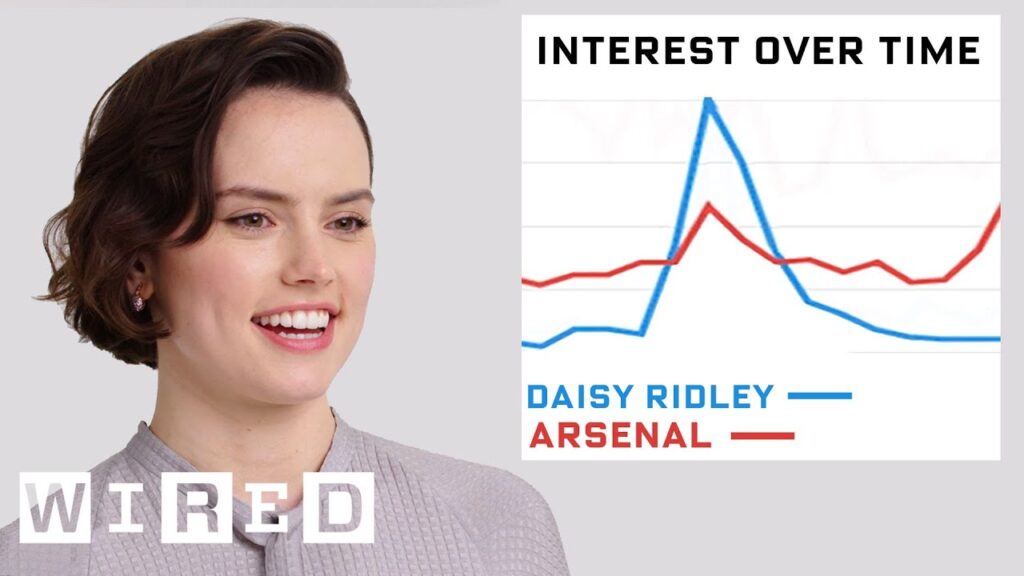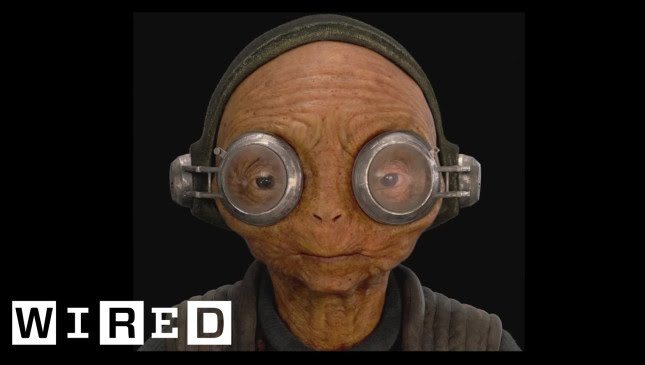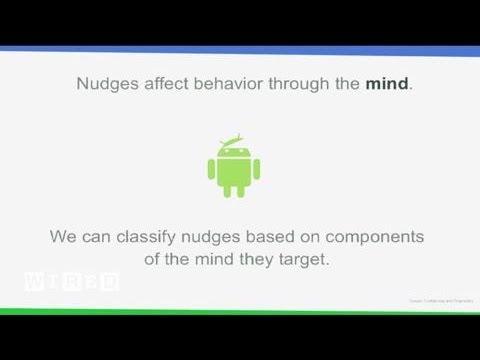Complex Creature Work in Maze Runner: Behind the Scenes with Method Studios
Summary
In this article, we delve into the complex creature work for the movie Maze Runner. Director Wes Ball worked with Method Studios Vancouver to create the maze and the Grievers that chase the Gladers. The Grievers were so complicated that a new creature pipeline had to be developed to make them believable and organic while still being half mechanical. The article also discusses the challenges of shooting on location and the use of VFX to create the maze and the Grievers.
Table of Contents
- The Maze and Shooting on Location
- The Complex Grievers
- Building the Characters and Interaction with Actors
- Conclusion
The Maze and Shooting on Location
Maze Runner is a movie based on the book of the same name. Director Wes Ball worked with Method Studios Vancouver to create the maze that Thomas and the other Gladers find themselves in. The film was shot on location, and much of the exterior running action was done with careful attention given to make sure that the shadows of where the giant maze would be cast correctly over the actor. On set, there was actually only a tiny amount of the real maze built given that the location was very remote, and the team had to carry in most of their extra gear by hand.
The Complex Grievers
As complex as the moving parts of the maze were for Method Studios to realize, the maze Grievers were even more complicated. They required an entirely new creature pipeline to be developed. Highly detailed bone and mechanical limb logic had to be developed for exactly how these creatures might have evolved. The structure was detailed and worked out to allow the weight distribution to move correctly and the range of movement to be believable. This allowed for simulations to be done to work out physical weight distribution and flesh sim.
Method’s VFX supervisor Sue Rowe recruited James Jaco, fresh from doing the Goblin King in the original Hobbit film at Wet, to Canada to make the Grievers look believable and organic while still being half mechanical. James built the character and the skeleton to be correct. It had to be ergonomically correct based on natural physics. So they built the skeleton, and they built the muscles, and that’s how the character was going to move. The Grievers can be a little hard to study while they’re attacking, but Method Studios produced an exclusive video showing how the creatures are internally formed.
Building the Characters and Interaction with Actors
Placing the Grievers in a shot required not only tracking and contact lighting but also complex fire simulations and detailed interaction with the actor. The director, Wes Ball, is himself actually a highly accomplished VFX artist in his own right. He won the role of directing on this film based on the work he did on his own short film Rui, which he made by himself. He came from a background where he would know that to hand roto something would be really tricky, and so he would always be aware of that kind of thing. Sometimes he would just laugh and go, “Don’t worry about that over there, there’s a whole 3D city behind us that’s moving.”
Conclusion
Maze Runner is the first of four books in the series, so hopefully, we’ll see beyond the maze in the upcoming films. The complex creature work by Method Studios for the Grievers was a highlight of the movie, and the use of VFX to create the maze and the Grievers was impressive. The director’s background in VFX helped to create a seamless and believable world for the characters.


